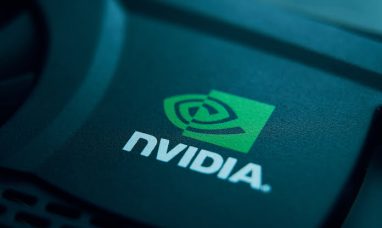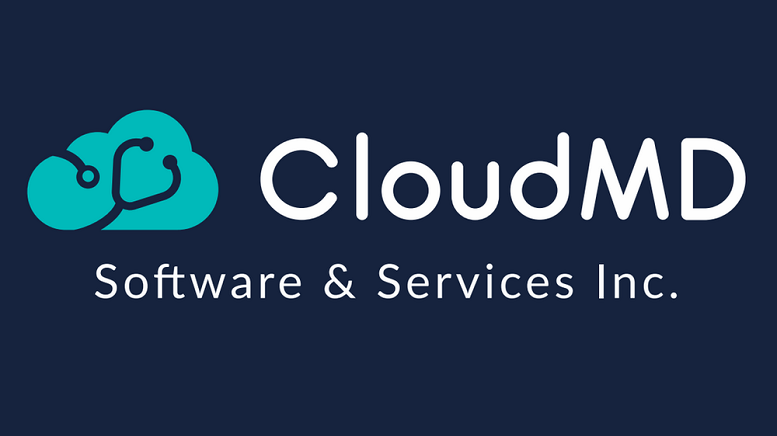Apple (NASDAQ:AAPL) emerges as the 12th-highest in daily volume today, with over 26 million trades. While this amount isn’t extraordinary, it prompts a delve into the intricacies of Apple’s debt/equity conundrum for investors.
Barchart’s volume leaders’ stats consistently open on the debt page, offering insights into Apple’s debt/equity ratio, interest coverage, and profit percentage. Notably, Apple ranks 20th in profit percentage at 25.31%, but its debt/equity ratio of 1.63 raises questions about potential over-leverage.
However, a deeper examination of Apple’s 2023 10-K reveals that its shareholder’s equity stood at $62.15 billion, up from $50.67 billion in 2022. Contrary to the debt/equity ratio on Barchart, the actual calculation yields 1.69, highlighting potential discrepancies in stock screen results.
This higher debt/equity ratio might disqualify Apple from screens seeking financially healthy businesses if the upper limit is set at 1.0. Yet, it’s crucial not to dismiss Apple without understanding its capital structure intricacies.
Examining Apple’s Consolidated Statements of Shareholders’ Equity unravels the mystery. Despite generating nearly $97 billion in 2023, Apple’s retained earnings did not increase, thanks to extensive share repurchases and dividends subtracted from net income.
The common stock and additional paid-in capital totaled $73.81 billion at the end of September. Subtracting accumulated deficit and other comprehensive losses balances reveals a shareholders’ equity of $62.15 billion.
Although Apple’s total debt reduced by $8.55 billion in 2023, the debt/equity ratio remained high at 1.69. This discrepancy highlights the importance of scrutinizing a company’s financial health beyond stock screen results.
Share repurchases distort return on equity (ROE), creating a higher ratio. In 2023, Apple’s net income was $97.0 billion, yielding an ROE of 156%. However, without share repurchases, its ROE would be 70%, a more typical ratio for a healthy, growing business.
It’s crucial to distinguish companies using share repurchases strategically, like Apple, from those employing risky debt-funded strategies. Apple’s ability to generate substantial cash minimizes risk, exemplified by its recent bond issuance with favorable interest rates.
In contrast, a cautionary example is Raytheon Technologies, which recently issued $6 billion in bonds at higher interest rates to fund share repurchases, resulting in increased ROE. Such cases underscore the importance of investors delving into a company’s capital allocation strategies before making investment decisions.
Featured Image: Unsplash @ Zana Latif









